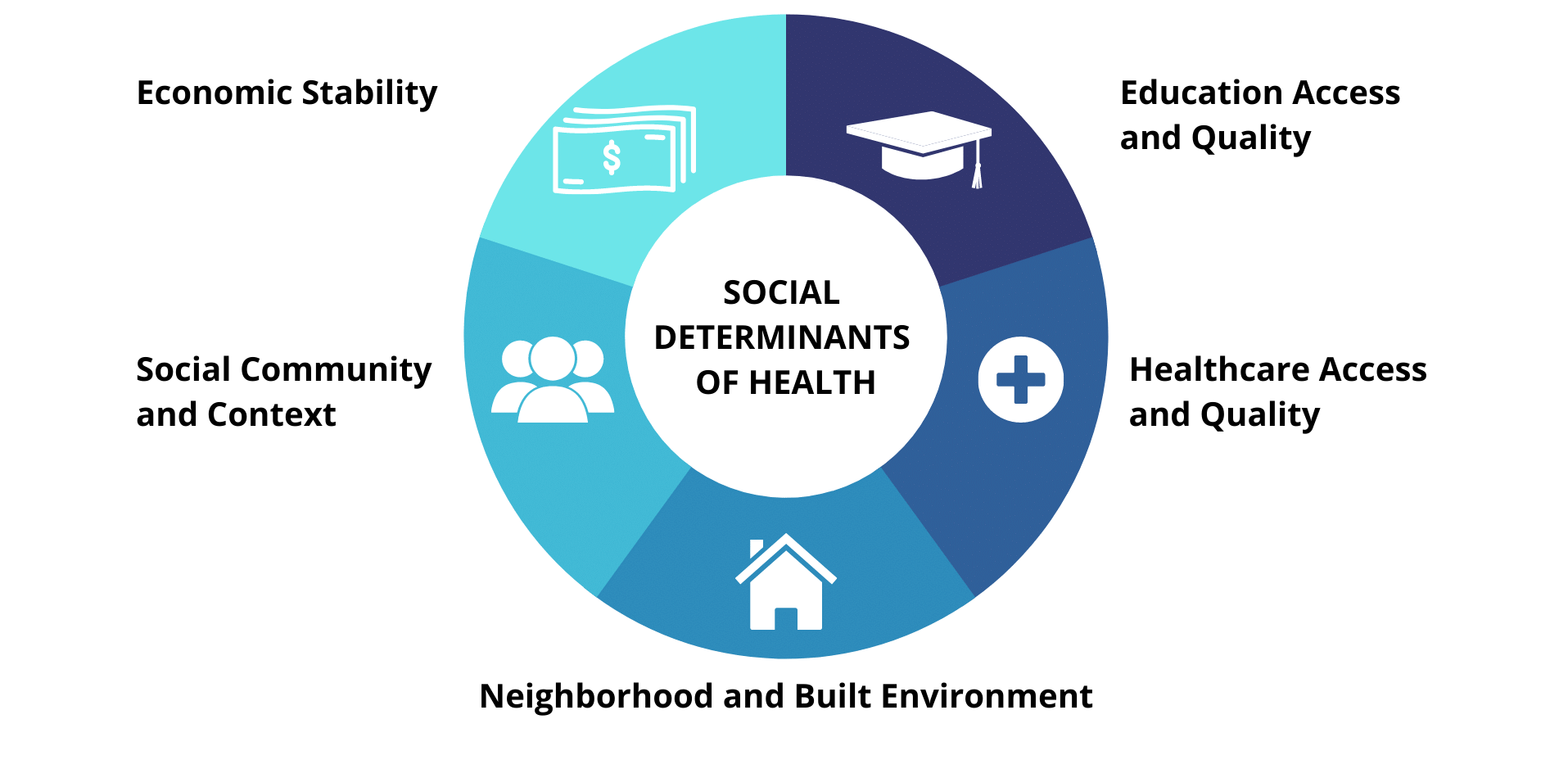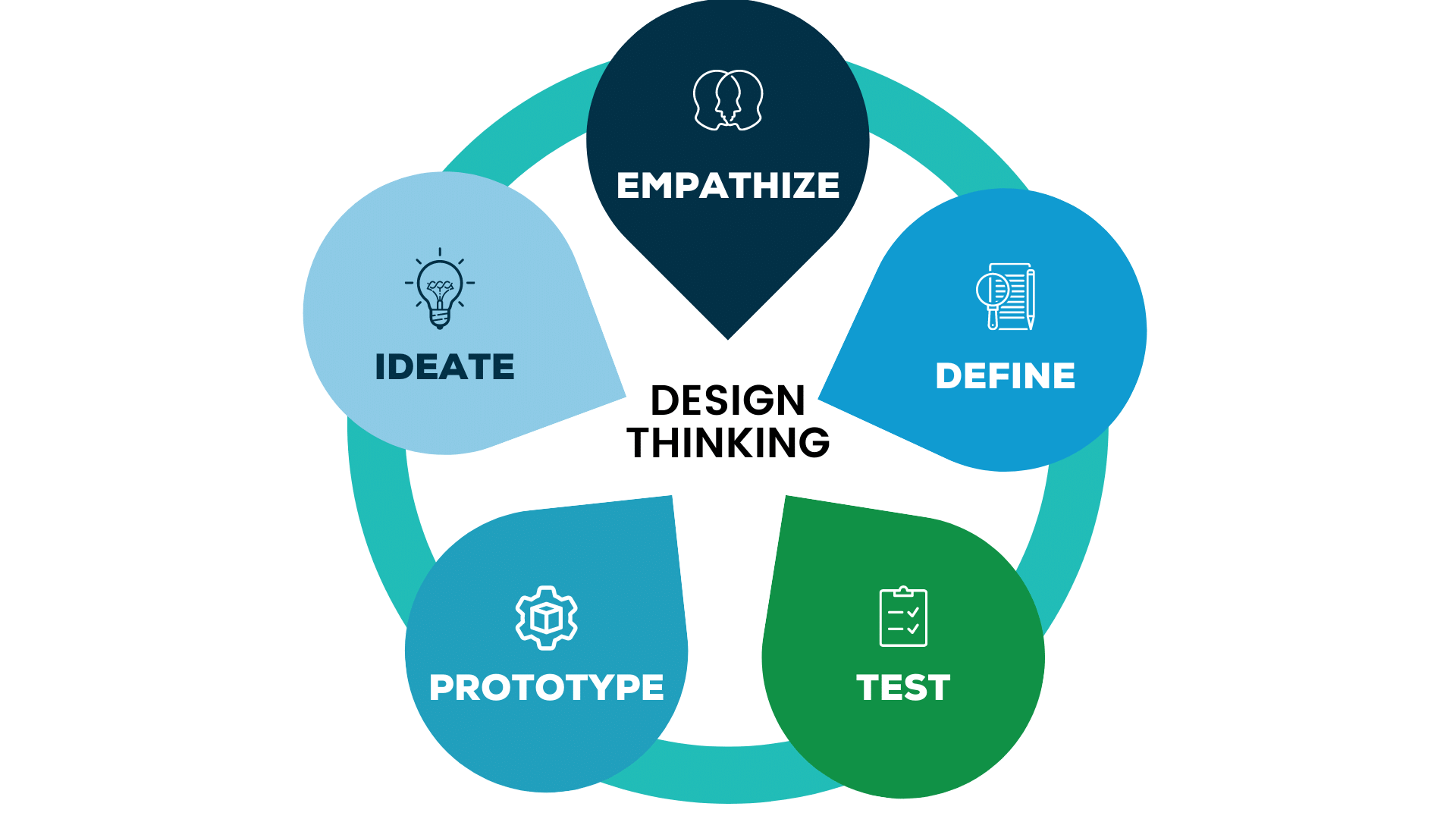Using Design Thinking to Advance SDOH Data Exchange Initiatives
Using Design Thinking to Advance SDOH Data Exchange Initiatives
The five areas deemed “social determinants of health”—economic stability, education access and quality, social community and context, healthcare access and quality, and neighborhood and built environment—have a significant impact on an individual’s health. In fact, research shows that upwards of 80% of an individual’s overall health is determined by factors that typically are outside of medical care, including socioeconomic status, living conditions, and level of social connectedness.
Fortunately, advancements in technology and data exchange standards are making real-time sharing of SDOH data more possible than ever before. But how do public health agencies scale their efforts to ensure that frontline responders, health care workers, and community organizations have access to the SDOH data they need to deliver high-quality care?

I recently participated in a working group hosted by the CDC’s National Center for Chronic Disease Prevention and Health Promotion’s (NCCDPHP or “Center”) to explore this question with support from The Gravity Project, a national public collaborative that develops consensus-based data standards to improve how we use and share information on social determinants of health (SDOH).
The SDOH Public Health Use Case Workgroup for Chronic Disease Prevention brought together experts from the public and private sector to strengthen our understanding of how end-users can get the most value from SDOH data and to map out the challenges current stakeholders in these roles face in their work preventing and controlling chronic disease and health disparities. Using a design thinking approach, we defined high-priority use cases for chronic disease prevention and health promotion, as well as user personas that clearly articulate the needs and goals of potential users.
Business Case
Articulates a clear business need and value proposition for investing and engaging in the project.
Personas
Represents a real-world user of the public health solution and describes their behaviors, skills, preferences, and needs.
Story
Describes the personas engaging with the solution to accomplish a specific goal, i.e., real-world application of the use cases.
A consensus-based, design thinking approach is very effective for government leaders seeking to tackle the complicated problem of cross-agency, or even cross-department, data-sharing. By articulating the business use case and persona characteristics, teams can have a clear understanding of the human outcomes from the beginning, as opposed to taking a technology-first approach.
Voyatek relies on these same design thinking strategies when developing our software products or customizing programs for our government customers. When we created our Community Health Analytics (CHA) solution, we used personas and user journey maps to refine our platform. Understanding the varying needs of our diverse userbase—from busy parents to small business association program managers to PhD students—allowed us to deliver a product that is intuitive and powerful. With CHA, users can peruse through data and search by topic, data source, and geography, making it easy for users to find information on the many factors impacting health status and outcomes in their communities.


Sarah Samis is VP, Public Health Products & Platforms at Voyatek, where she leads the development of SaaS products bridging public health, healthcare services, and government services addressing the social determinants of health. In 2020, Sarah was a Senior Advisor to the Mayor of New York City, spearheading the COVID response for private hospitals and healthcare providers across the City. Her former roles include Vice President of Care Delivery and Payment Transformation at Geisinger Health System, Chief of Staff at New York City Health & Hospitals, the nation’s largest public hospital system, and senior policy advisor to the New York City’s First Deputy Mayor.

